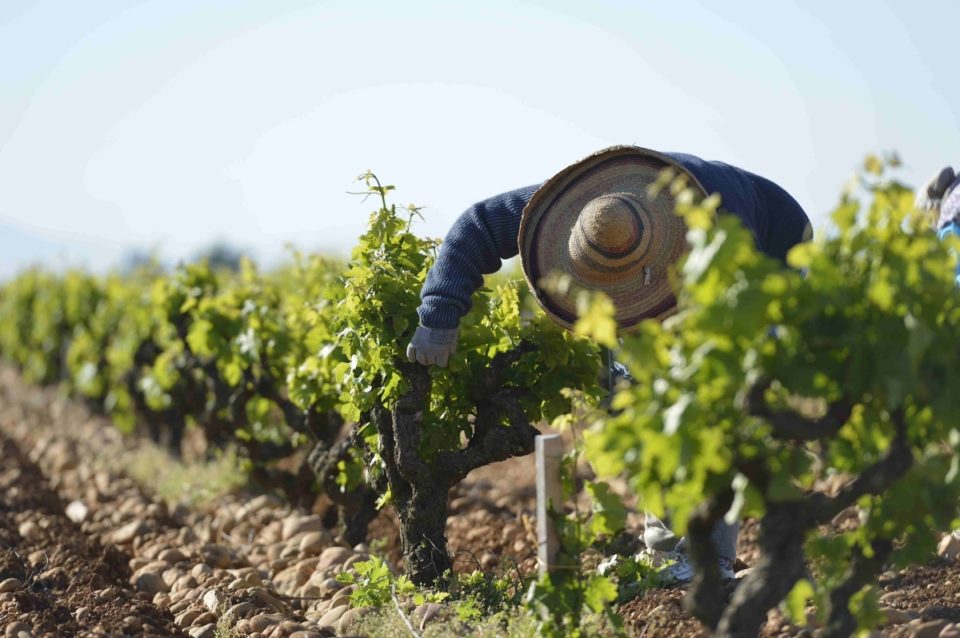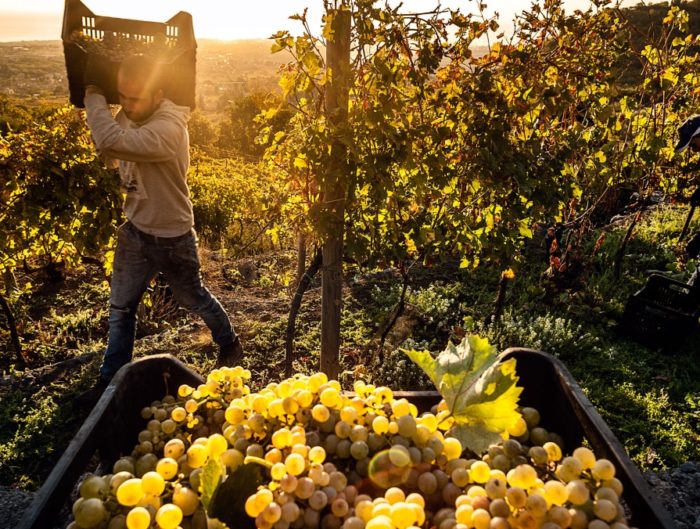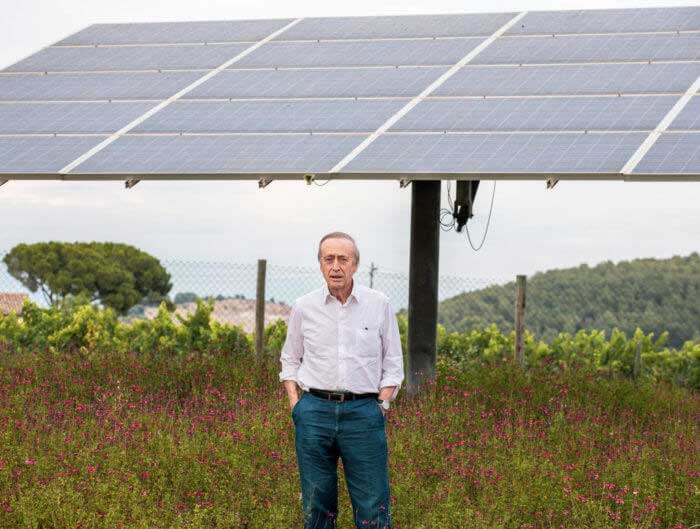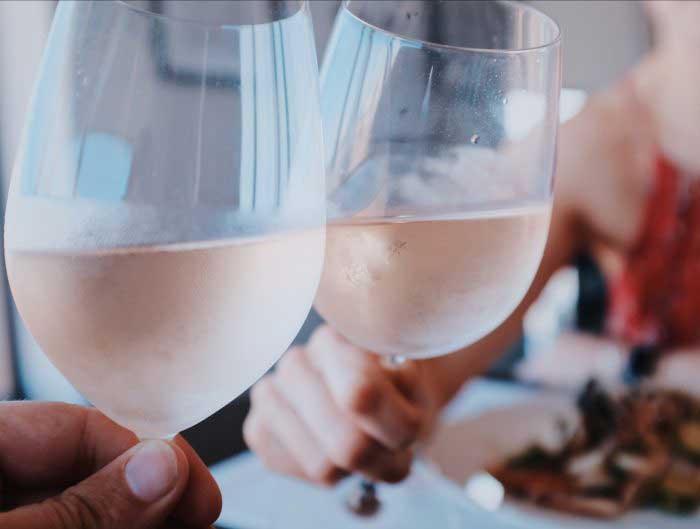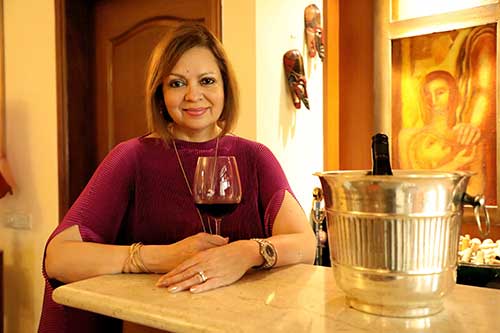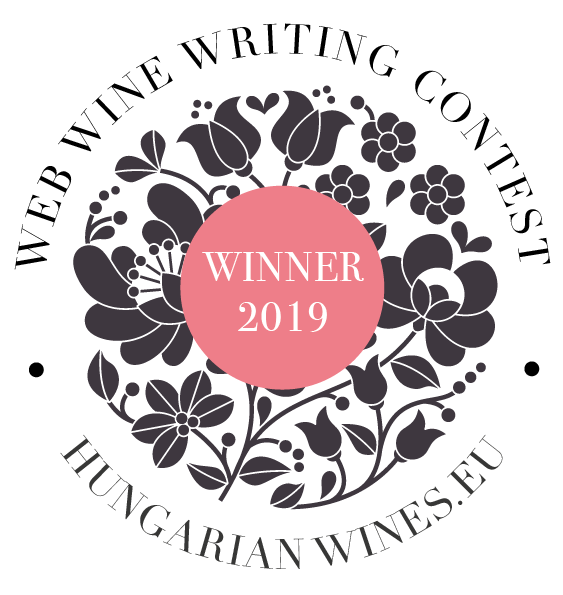Steps to combat climate change in the vineyards: the scion of Châteauneuf-du-Pape’s Chateau de Beaucastel, Francois Perrin talks of the need to nurture the earth before it is too late
The vineyards of
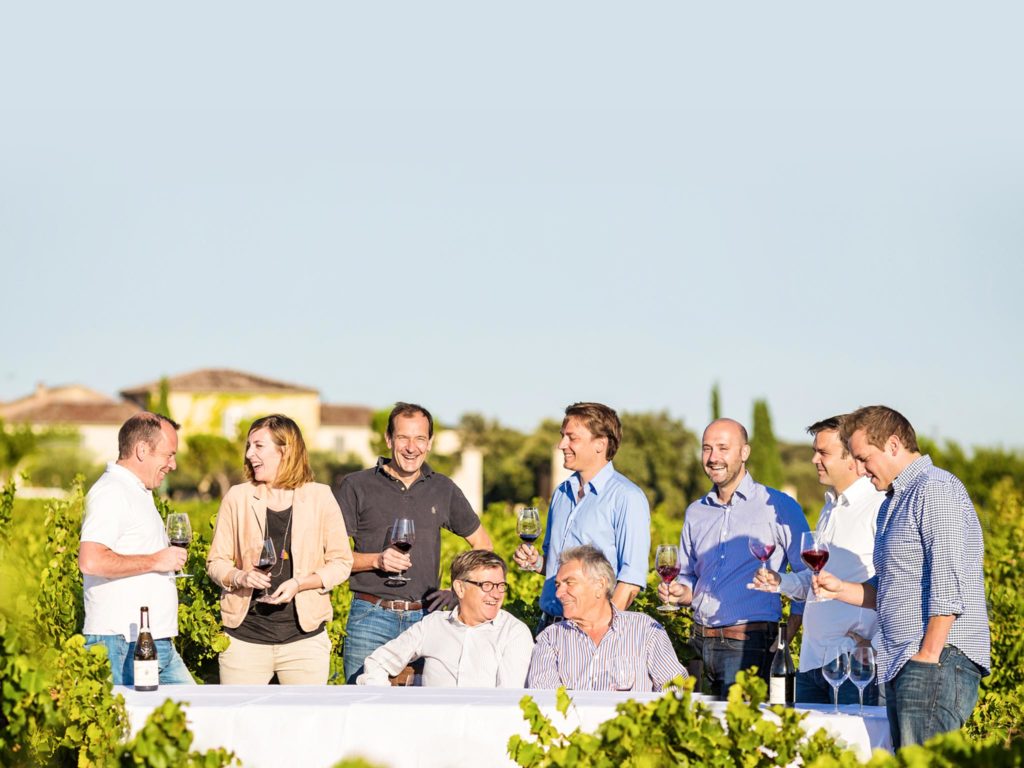
All this creates for a very unique and complex terroir, and this is what gives the wines their special character. Grenache, the regions most widely-grown grape, never dominates the wines of Beaucastel, nor does oak. No wonder then, the balance they achieve year on year has got them 100 points from RP for their top
Beaucastel, while established in 1549 by Pierre de Beaucastel, has been with the Perrin family for five generations. And while the family name has been popularly associated with celebrity winemaking ( Château Miraval, belonging to Brad Pitt and Angelina Jolie) this is where their strength lies: the elegant and balanced wines which make them one of Château
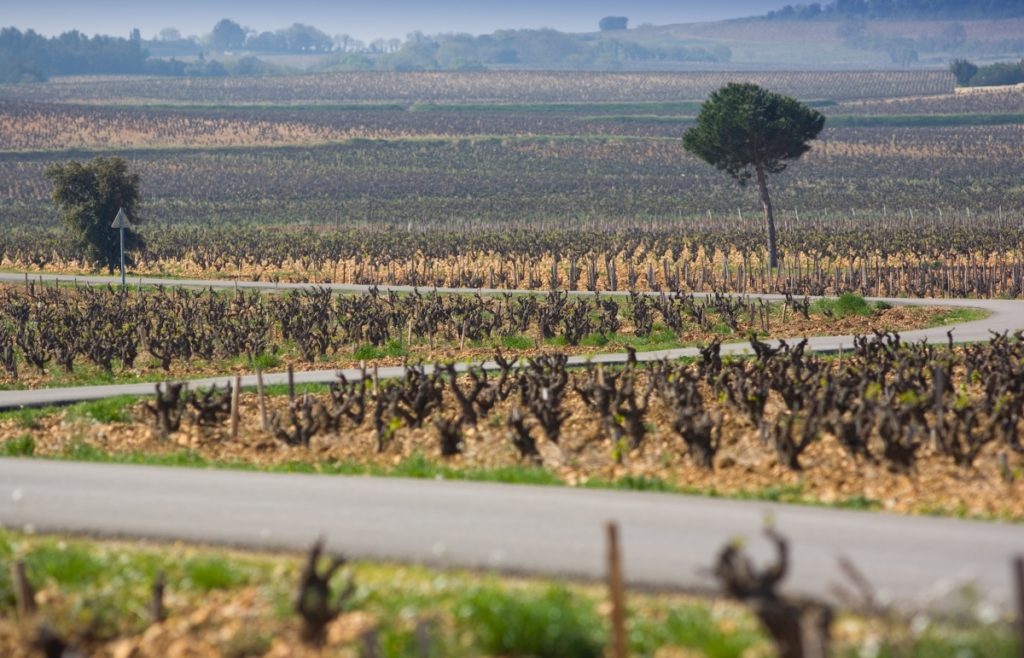
No surprise then to know that with the growing
No better person to talk with perspective and widom on climate change than a member of the family – Francois Perrin, who helms the Perrin properities with his brother Jean-Pierre.
Excerpts:
With the terroir-driven wines you make,
“Everyone has to adapt to their own region and its specificities. Beaucastel has incorporated climate change into its philosophy and strategy a long time ago. We are based in a hot region and know this well,” he replies.
The first change that we integrated was around the grape varieties themselves. The AOC authorizes 13 different grape varieties and over the years we have increased our plantation with varieties such as Mourvèdre, Counoise and Muscardin that are late maturation varieties and therefore are more adapted to the warmer climate. Also, we use rootstock which is resistant to drought such as 110 Richter.” (110R is a rootstock which is drought-resistant -Ed).
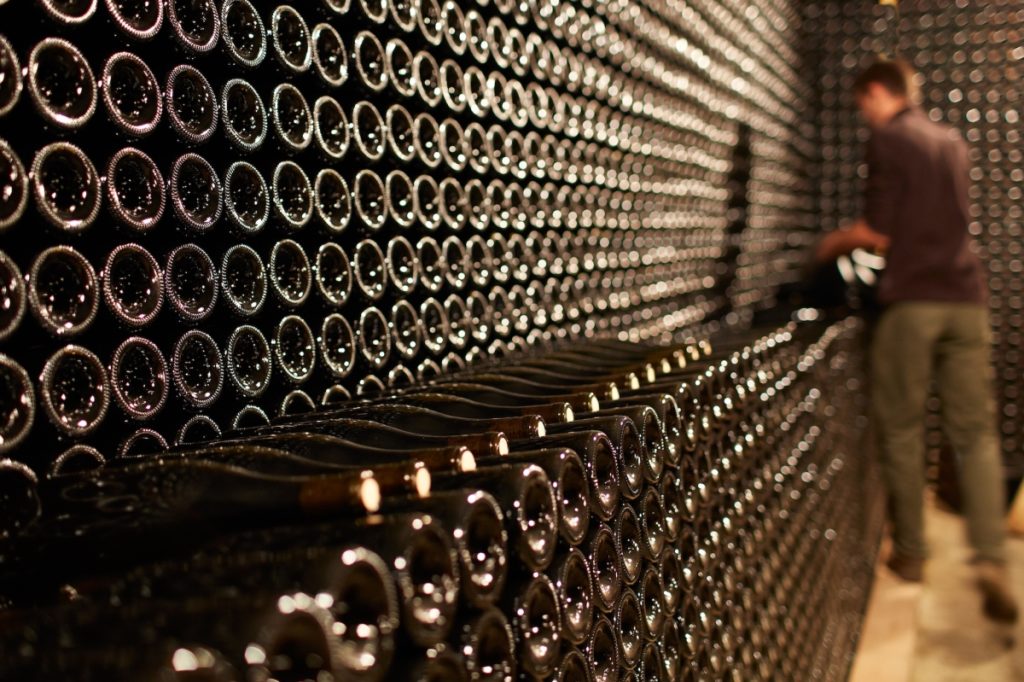
“Furthermore, the appellation requires us to prune in the Gobelet method. This system is very resistant to drought because the leaf area per hectare is relatively low which limits the loss of water by transpiration.
“Secondly, we have been experimenting and testing the results on whole bunch vinifications with vatting of the stalks. The stalks allow us to reduce the alcohol potential by 0.2° to 0.5 °.
“Thirdly, we have been carrying out trials and comparing the alcoholic potential on vines where we have thinned the leaves, not thinned the leaves and vines that we have topped. If we decrease the quantity of leaves, we also decrease the alcoholic maturity but unfortunately, we also decrease the phenolic maturity. We are trying to find a balance to reduce alcoholic maturity without affecting the phenolic maturity. These are what our future studies will be based on.”
But the Perrins are a step ahead in this matter, too.
A secondary issue with climate change is the wines tend to be very high in alcohol, low in acidity. A problem Chateauneuf-du-Pape faces being in a very warm Mediterranean climate.”
“We are working on clay spraying to reduce photosynthesis and therefore alcohol,” says Perrin, “So we have a long way to go to try to reduce the alcoholic potential, which has been increasing over the past twenty years. However, since the early 2000 vintages, our wines have never been so good…”
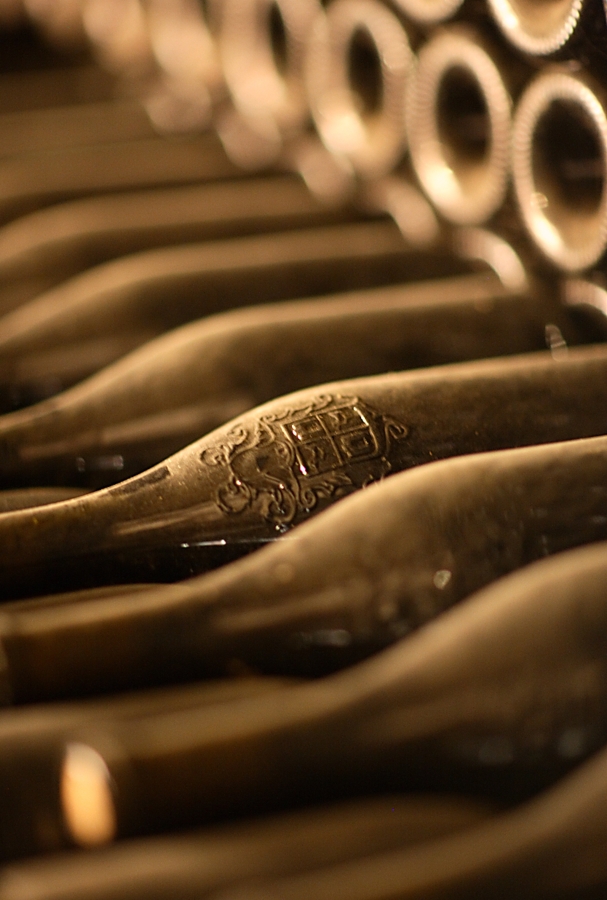
“We do not know the future, and we are concerned for our existing vineyards. For our future vineyards, we are investing in vineyards that have more altitude. 100 meters above sea level is equal to 100km north.
“All these studies are shared with our group PFV (Primum Familiae Vini) and we exchange regularly on this matter and the specificities of each of our regions.”
The impact of climate change is the major subject for Vinexpo Bordeaux 2019. A discussion on the topic will be held on 14 May 2019, at

